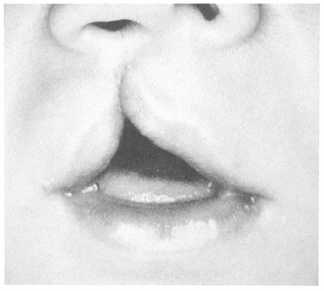CHAPTER 5 ORAL PATHOLOGY
Oral pathology is the science that treats the nature, causes, and development of oral diseases. It includes both the clinical and the microscopic study of structural and functional changes that cause, or are caused by, oral and other diseases. Either the calcified or the soft tissues of the oral cavity, or both, may be involved.
Some of the abnormal conditions that exist in the oral cavity and cause patients to request treatment will be described in this chapter and chapter 6, "Treatment of Oral Diseases." Occasionally, the Dental Technician might be the first one to observe these pathologic conditions in the patient's mouth. Always notify a dental officer if you observe a condition you may have in question. Never make a diagnosis or tell a patient what you think he/she might have. That area of expertise is the sole responsibility of the dental officer.
Although there are many oral anomalies (deviations from normal), this chapter is limited to the two classes of prime interest to Dental Technicians. These classes are discussed in the following statements:
Congenital anomalies' Occur before birth. Examples of such are cleft palate, cleft lip (fig. 5-1), and supernumerary teeth.
Acquired anomalies' Occur after birth. Examples are periodontal disease and dental caries.
Pathogenic conditions of the oral cavity may be caused by:
-Pathologic micro-organisms: Destroy the calcified tissues and inflame the soft tissues in the oral cavity.
-Defective development: Involves the calcified tissues as a result of infection, trauma, nutritional deficiencies, disease, or heredity.
-Degeneration: Involves the hard or soft tissues.
-Malocclusion: Results from defective development of the jaws or loss of teeth, and produces excessive stress on portions of the periodontium.
-Trauma: Involves either the calcified or soft tissues.

Figure 5-1. - Cleft lip of an infant.
Continue Reading
